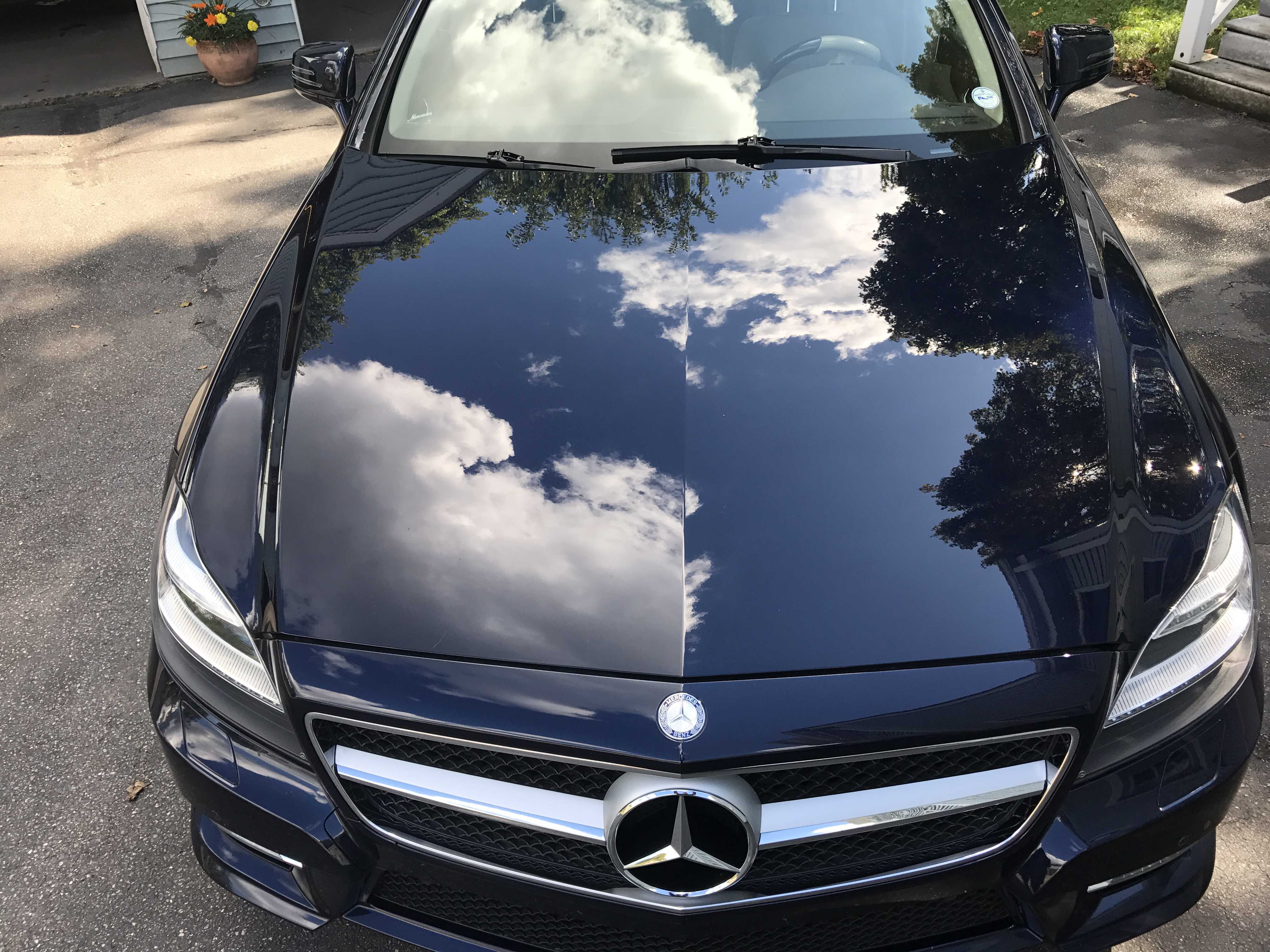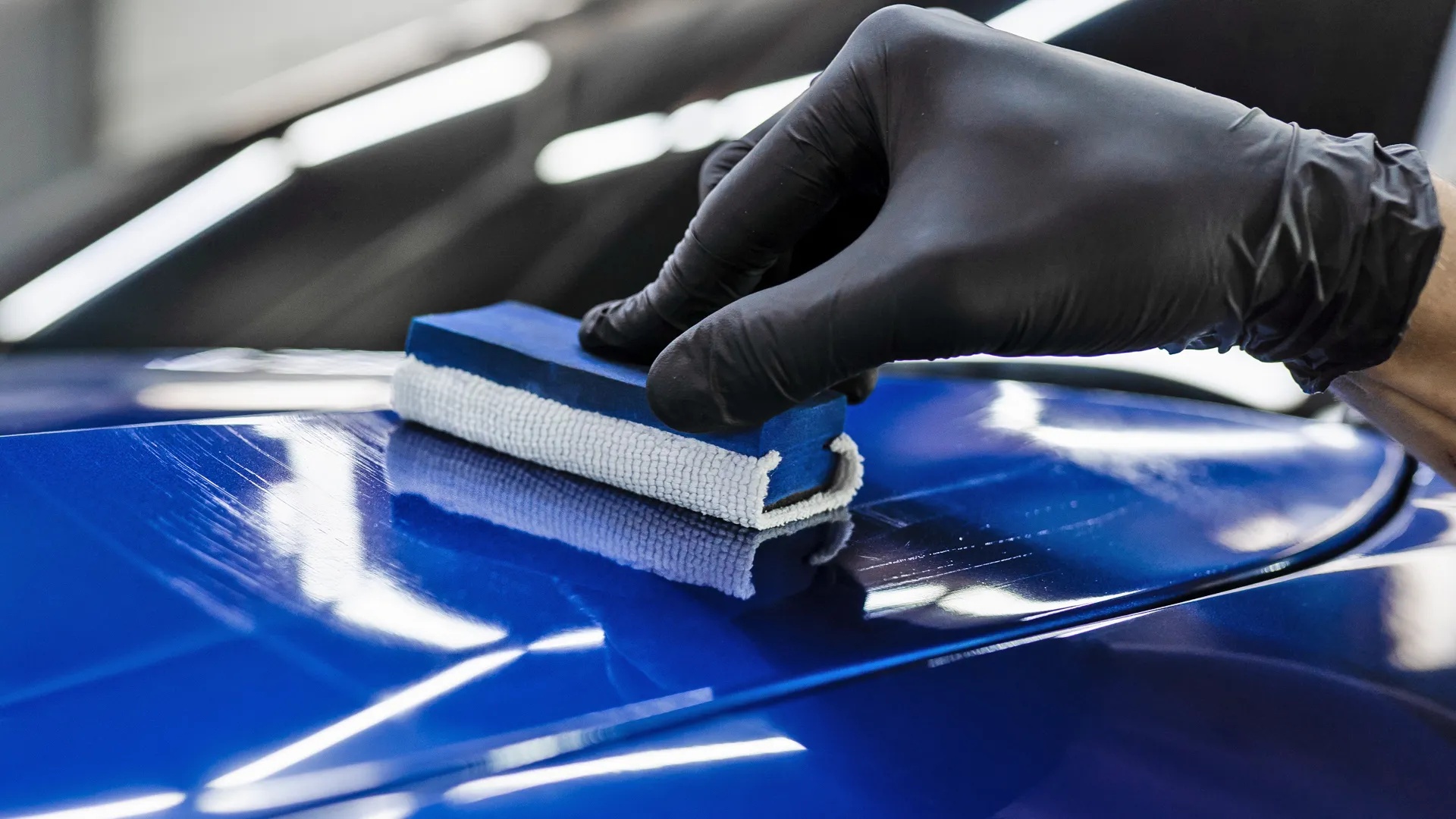Specialized Solutions for All Car Types with Ceramic Coating Philadelphia
Specialized Solutions for All Car Types with Ceramic Coating Philadelphia
Blog Article
Why Ceramic Coating Is the Ultimate Solution for a Remarkable Finish
Ceramic finish has arised as a leading solution for those seeking a perfect finish for their vehicles, thanks to its amazing toughness and protective attributes. What factors really established ceramic layer apart?
What Is Ceramic Finish?

When applied correctly, ceramic finishing creates a hydrophobic surface that wards off water and dust, making it less complicated to preserve and clean up. Unlike conventional waxes or sealants, which generally use short-term defense, ceramic coatings can last for several years, depending upon the item high quality and application approach. The process of applying ceramic coating requires thorough preparation, including complete cleansing and occasionally repaint modification, to make certain ideal bonding and effectiveness.
Ceramic layers are not limited to vehicle surfaces; they can also be utilized on various materials, consisting of glass, steel, and plastics, supplying a functional service for improving defense. Overall, ceramic coating represents a substantial improvement in surface area security innovation, incorporating both functional and visual advantages for a wide range of applications.
Benefits of Ceramic Coating
While numerous surface defense alternatives exist, the advantages of ceramic covering stand apart due to its one-of-a-kind homes and durable performance. Among the main advantages is its extraordinary sturdiness. Ceramic Coating Philadelphia. Unlike conventional wax or sealers that require frequent reapplication, ceramic layers supply a resilient layer that can last for a number of years, significantly decreasing upkeep efforts
An additional remarkable benefit is enhanced protection against ecological contaminants. Ceramic layers develop a hydrophobic surface that drives away water, dirt, and different toxins, making it much easier to cleanse. This feature not only preserves the automobile's look yet also lessens the risk of corrosion and oxidation, specifically in severe weather.
Additionally, ceramic finishings supply superior resistance to UV rays, stopping fading and deterioration of paint with time. This UV security is critical for keeping the aesthetic value of surface areas and lorries subjected to direct sunshine.
In addition, the shiny coating achieved with ceramic layer improves the overall visual charm, offering surfaces a showroom-quality sparkle. Generally, ceramic coverings represent a significant innovation in surface defense innovation, giving enduring benefits that cater to both aesthetic and practical requirements.
Exactly How It Functions
Comprehending the scientific research behind ceramic finishings reveals exactly how they give such amazing security and long life. At its core, a ceramic covering is a liquid polymer that chemically bonds with the vehicle's factory paint. This bonding develops a protective layer that is both oleophobic and hydrophobic, repelling water, dust, and oil. The primary element of most ceramic finishes is silicon dioxide (SiO2), which is stemmed from quartz. This substance adds to the coating's firmness and resistance to scrapes, UV rays, and ecological impurities.
The application process entails several steps, including surface area prep work, which is vital to attaining ideal adhesion. When applied, the finishing undergoes a treating procedure, during which it solidifies and develops a semi-permanent bond with the paint surface area. This bond is what identifies ceramic finishings from standard waxes and sealers, supplying a longer-lasting protective obstacle that can withstand for several years.
Furthermore, the density of the coating can boost its protective high qualities, making certain that it can hold her latest blog up against severe conditions. Ultimately, the science of ceramic coatings integrates innovative products with ingenious application methods to provide an unmatched degree of security and visual improvement for cars.
Contrast With Conventional Approaches
The benefits of ceramic finishes end up being specifically noticeable when contrasted to typical paint protection techniques such as sealers and waxes. While waxes offer a short-term sparkle, commonly lasting a few weeks to a couple of months, ceramic finishings supply a long-lasting safety layer that can withstand for a number of years. This sturdiness significantly reduces the frequency of reapplication, making ceramic finishes an extra economical option in time.
In addition, typical techniques often call for substantial prep work and several applications to achieve a satisfactory level of security. On the other hand, ceramic finishings bond at a molecular degree with the lorry's surface, producing a robust guard against environmental pollutants like UV rays, acid rainfall, and roadway salts. This bond boosts the car's resistance to scrapes and swirl marks, which are widespread with conventional waxes and sealants.
Furthermore, the hydrophobic buildings of ceramic finishings fend off water and dust, causing simpler cleaning and maintenance. In comparison, wax and sealant-treated surfaces can bring in gunk, requiring even more regular cleaning - Ceramic Coating Philadelphia. On the whole, ceramic coverings not only provide premium security yet likewise supply an extra long-lasting and visually appealing coating, developing them as the recommended selection for critical automobile proprietors
Application and Upkeep Tips

Utilizing a foam applicator, apply the coating in small sections, adhering to the maker's standards pertaining to thickness and overlap. Enable enough treating time between layers, commonly 24-hour, to make sure proper bonding. After application, it is important to stay clear of exposure to water or extreme elements for a minimum of a week to enable the finish to totally cure.
Furthermore, using a ceramic maintenance spray can improve the covering's hydrophobic residential or commercial properties and long life. Normal inspections for any type of indications of wear will certainly aid keep the finish's honesty and protect that excellent finish.
Final Thought
In verdict, ceramic coating emerges as an exceptional choice for achieving a remarkable vehicle coating. By developing a robust bond with factory paint, ceramic layer effectively shields versus scratches, UV rays, and environmental impurities.

Report this page